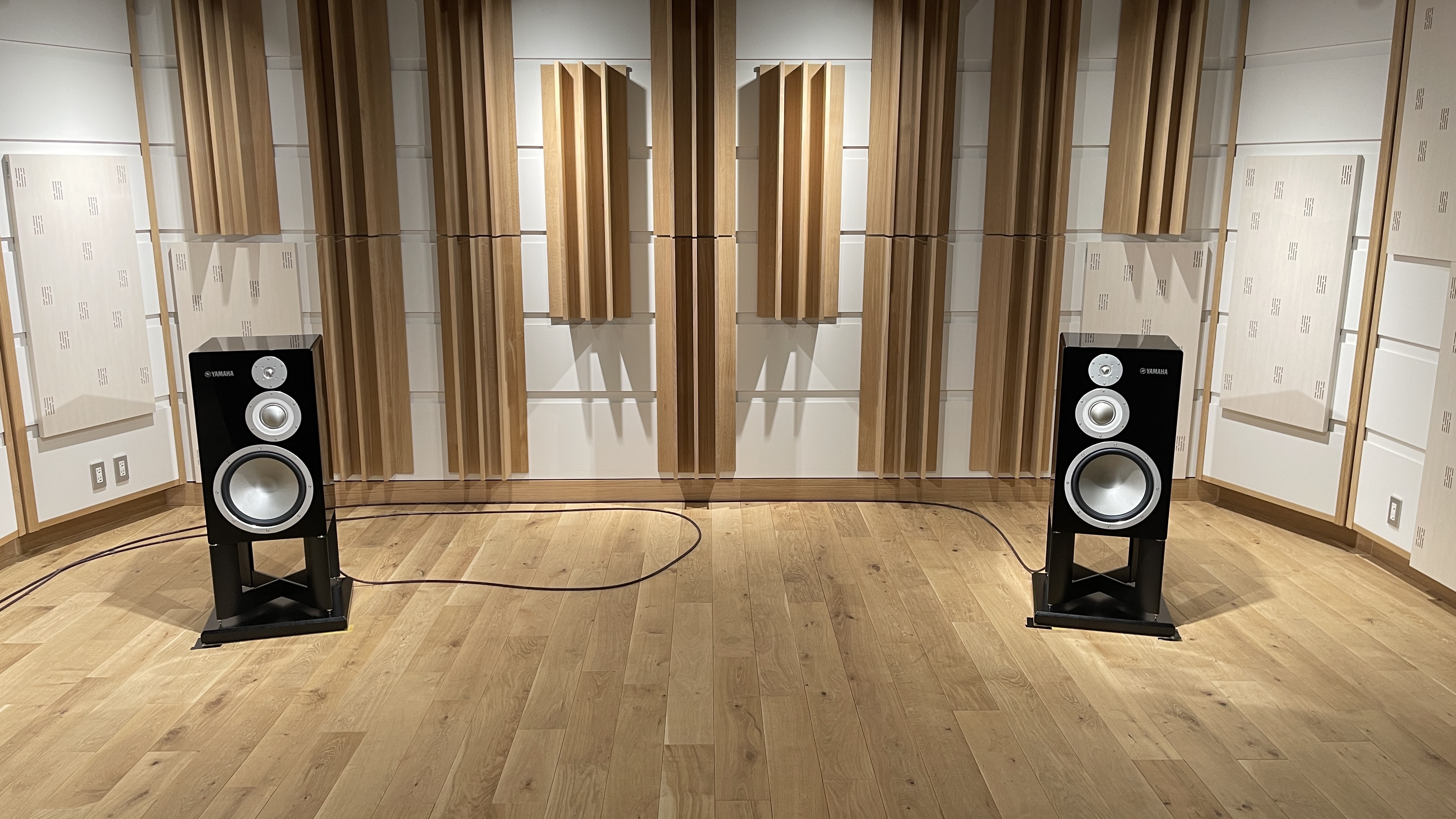Hands-on with Gear4's UnityRemote
A bit over a month back, we ran a news story about Gear4's UnityRemote, a £99 package designed to turn your Apple iThingy into a universal remote control handset.
At first glance it looked similar to the ThinkFlood RedEye system I'd written about earlier last year, but a closer look showed there to be sufficient differences between the two to merit a spot of investigation. So a sample was ordered up, and duly delivered.
Between then and now, Christmas and New Year holidays, travel traumas and the CES 2011 news onslaught intervened, so it's only over the past couple of days that I've managed to have a play, and get the measure of the Gear4 unit.
The major difference between it and the full-fat RedEye system, with which it shares the idea of an app communicating with a standalone infrared flasher unit, is that whereas the ThinkFlood design requires a wireless network to operate, the Gear4 talks to its IR transmitter directly, using the Bluetooth built into iPhones, iPads and the iPod Touch.
In the Gear4 UnityRemote box there's nothing more than the transmitter unit, three AA batteries and a little instruction leaflet: unscrew the cap of the transmitter, put in the batteries and press the single button on the unit to turn it on and put it into Bluetooth pairing mode, and you're in business.
Your iWhatever will find the unit and, with the app downloaded from the iTunes store and running, you're ready to start choosing the products to be controlled from a very comprehensive library of options.
Once you've identified your product manufacturer and product type, it's just a matter of doing a trial power toggle, which should tell you whether or not things are OK. If it works, you're good to go; if not, you can always learn commands as you would with any universal remote of this kind.
Get the What Hi-Fi? Newsletter
The latest hi-fi, home cinema and tech news, reviews, buying advice and deals, direct to your inbox.
For example, I had no problems with the system having the right codes for my Sky+ HD box and AV receiver, but my TV wouldn't respond to the control set the Gear4 database suggested, and some learning was required.
And while I wasn't surprised, albeit with some sense of irony, to find the UnityRemote has no commands for the NaimUniti – after all, that has its own control app –, rather stranger was that the only kind of Naim product the UnityRemote supports is CD players, so again if you want it to drive an amp, more learning is required.
All that done, the system allows you to set up chains of commands, or activities, such as power up Sky+HD box/AV receiver/stereo amp/TV and set everything to the correct inputs for watching TV. In other words, just the kind of thing I'm used to with the Logitech Harmony we use for TV watching, or the ThinkFlood RedEye.
But you can also programme 'gestures' for each activity: for example left or right touch and slide to change channel, up/down to adjust volume, and so on, all without having to find the correct on-screen buttons.
The UnityRemote works, and does so reliably and without glitches: I haven't encountered any of the random Bluetooth drop-outs I'd been led to believe might occur, but there are some drawbacks to the design, especially were you to be using it with your one and only iPhone, rather than with the iPod Touch I keep at home mainly for testing of remote apps such as this.
Y'see, my iPhone is set up to connect automatically with the Bluetooth in the car for hands-free operation, so that means from time to time it needs re-pairing with the UnityRemote transmitter.
Oh, and the fact the transmitter itself only runs on batteries, with no mains adapter option – there's a mini-USB socket, but it's apparently for future updates, rather than doubling as a 5V power input – means the unit seems to turn off, and then needs another press of the power button to make it available for use again. However, I haven't used the system long enough to form any opinion about how long the batteries will last in day-to-day use.
By contrast, the – admittedly pricier – RedEye base-station stays connected to the mains, and can also be used as a charging dock for the iPod Touch or iPhone, which strikes me as being rather more convenient.
Finally, while the graphics of the UnityRemote are clear and easy to navigate – you just flick between pages of commands for specific products if required – there is as yet no dedicated iPad version of the app, as there is for the ThinkFlood technology.
That's no hardship here – every time I get tempted by the idea of an iPad, I find myself thinking 'Nah, what would I use it for?' – but the Padisti may not be too enamoured with iPhone-sized screens blown up to fit, even if the Gear4 graphics are optimised for the resolution of the iPhone 4, not the lower-res iPhone 3GS I use.
UPDATE 17.01.11: An iPad version of the Gea4 UnityRemote app is about to become available. Official announcement expected today.
The sum-up, then, is that while it's not perfect, the Gear4 UnityRemote has much to commend it, and would be even better if some of the minor points above were addressed.
And of course the good news is that you now have even more choice when it comes to iPod/iPhone/iPad remotes, from the entry-level ThinkFlood RedEye Mini, at £50, upwards.
Andrew has written about audio and video products for the past 20+ years, and been a consumer journalist for more than 30 years, starting his career on camera magazines. Andrew has contributed to titles including What Hi-Fi?, Gramophone, Jazzwise and Hi-Fi Critic, Hi-Fi News & Record Review and Hi-Fi Choice. I’ve also written for a number of non-specialist and overseas magazines.
